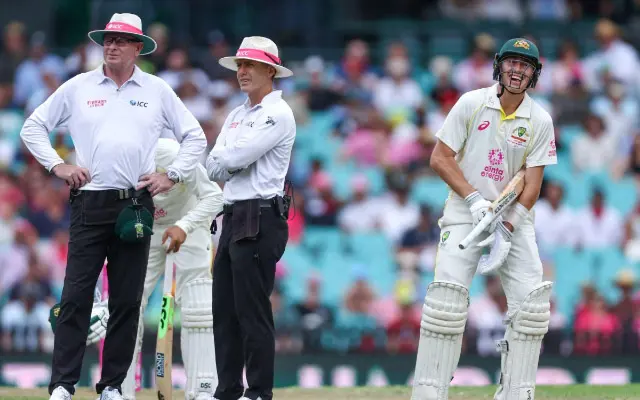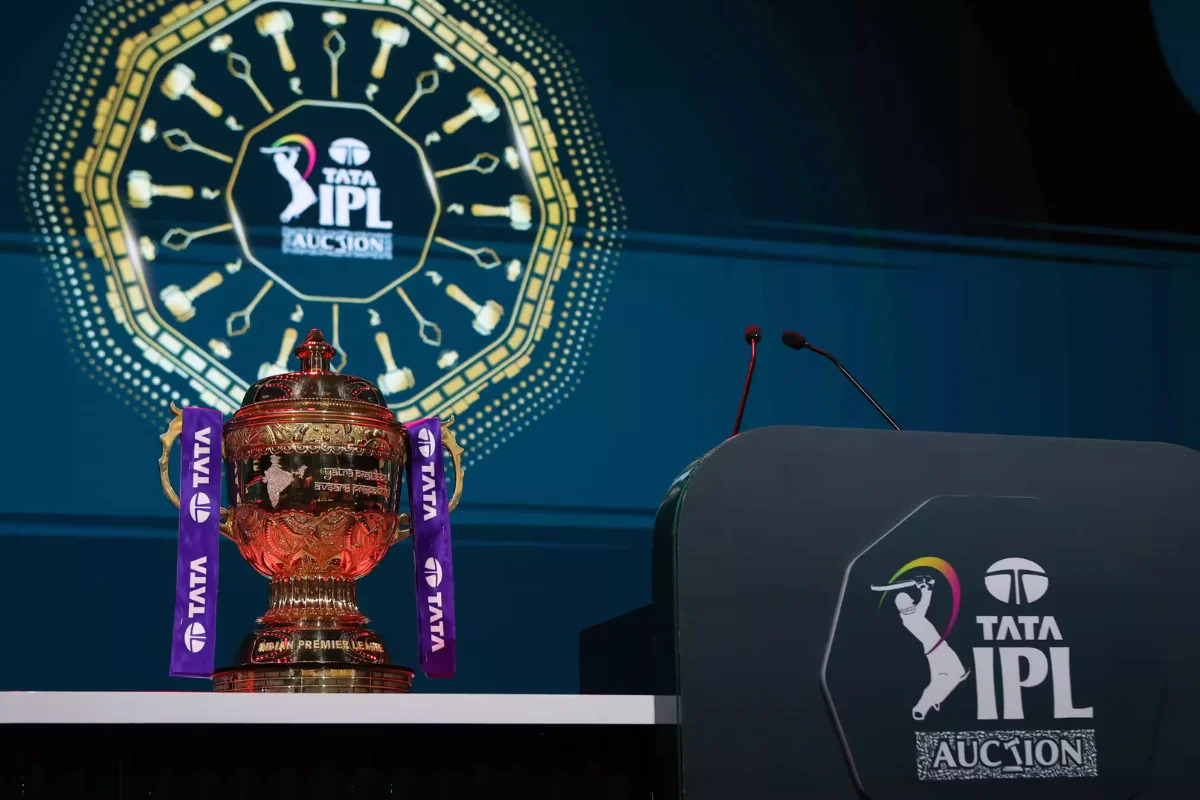Members of the International Cricket Council (ICC) talked about the soft signal rule for a long time before deciding to get rid of it in international games. Notably, the decision will take force at the ICC World Test Championship 2021-23 Final, which will start on June 7 at the Oval in London.
The rule was accepted by the committee led by Sourav Ganguly, and India and Australia, the two teams left in the WTC, have been told about it. In January, when Marnus Labuschagne was sent off during a Test match between Australia and South Africa, the soft signal rule got a lot of notice.
In short, South Africa‘s Simon Harmer caught the ball when it was low, and the on-field referee ruled that the soft signal meant “out.” But after many replays, the third umpire, Richard Kettleborough, changed his mind and said it wasn’t out, even though there wasn’t any clear proof.
“Soft Signal is when the bowler’s end umpire shows the third umpire (and, if needed, gives more information via two-way radio) his or her initial ruling on the field before starting an Umpire Review. “If the third umpire says that the replay evidence isn’t clear, the decision made on the field at the start of the consultation process stands,” says an ICC rule.
This means that the soft signal basically forces the umpire on the field to make a choice, even if he isn’t sure, before he can talk to the third umpire. Also, the third umpire can change the ruling, but only if there is clear evidence, and they will have the final say on doubtful catches.
ICC also makes two more changes.
In addition to the big change in how decisions are made on the field, the apex council has agreed that floodlights can be turned on during the game if there isn’t enough natural light. In addition to this, the ICC agreed that one-off Test matches between two teams will now have a sixth reserve day for the game to end.




